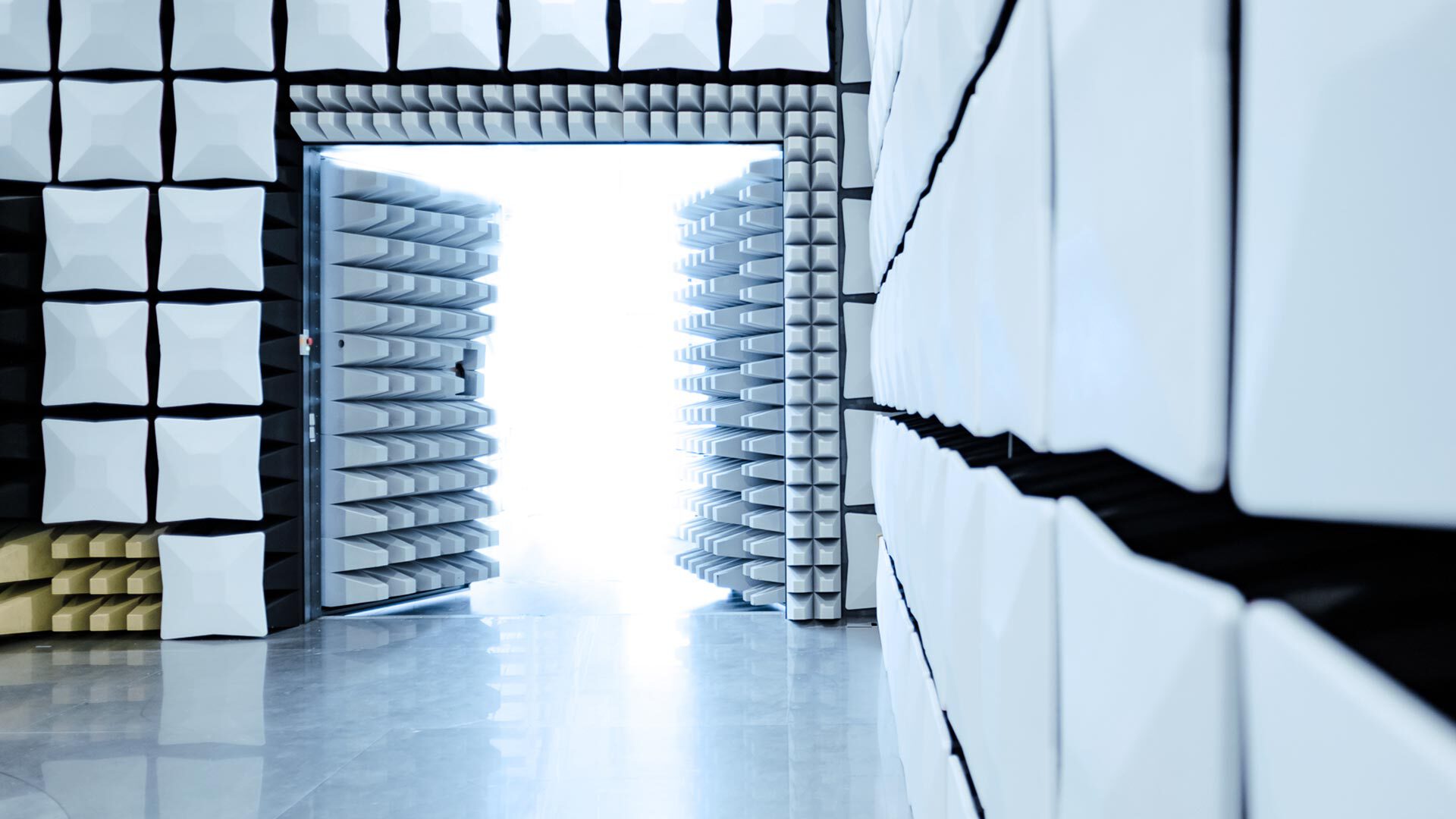Ultra-Wideband (UWB) is a radio technology that is used in particular for short-range radio communication. It is used in a wide frequency range and brings various advantages and use cases: very high data transmission rate over a short distance, energy efficiency with accurate positioning, and hardly locatable communication.
Provided that the corresponding devices work properly in the relevant frequency range – our exact Ultra-Wideband testing provides clarity.
Currently, the regulatory requirements still differ greatly from one another in some cases. In the EU, for example, the following definition of UWB technology applies:
Equipment using Ultra-Wideband technology is equipment that incorporates, as an integral part or accessory, short-range radio link technology that intentionally generates and transmits radio frequency energy. In this case, the technology propagates over a frequency range greater than 50 MHz and there may be overlap of multiple frequency bands allocated to radio transmission services.
In the USA and Canada, on the other hand, the frequency range is defined somewhat differently. Here, the assumption is at least 500 MHz:
Ultrawideband transmitter is defined as a radiator that has a UWB bandwidth (-10 dB) equal to or greater than 500 MHz
or a normalized bandwidth (relative bandwidth in relation to the center frequency) greater than 0.2 at any time.
Here the requirement is as well a UWB bandwidth (-10 dB) of at least 500 MHz or a normalized bandwidth greater than 0.2.
The -10dB bandwidth is expected to be entirely between 3.1 and 10.6 GHz.
In Japan, on the other hand, a somewhat lower minimum bandwidth is assumed:
The transmission bandwidth (-10 dB) is at least 450 MHz.

In order to market a product with Ultra-Wideband technology, regulatory approval is required for the relevant target markets. The following requirements apply to our sample countries:
Europe: Radio Equipment Directive 2014/53/EU:
USA: FCC: Code of Federal Regulations part 15, subpart F
Canada: ISED Rule RSS-220
Japan: MIC, ARIB Standard STD-T91

In our test laboratory in the US and Germany, we perform Ultra-Wideband testing based on a wide range of international specifications. These specifications include, among others:
Electromagnetic compatibility and Radio spectrum Matters (ERM);
EMC standard for radio equipment and services;
Part 33: Specific conditions for Ultra-Wideband (UWB) communications devices
Short Range Devices (SRD) using Ultra-Wideband (UWB) Technology; Harmonised Standard
covering the essential requirements of article 3.2 of the Directive 2014/53/EU; Parts 1, 2, 3, 4 and 5
Wideband Operation:
Ultra-Wideband Operation, e.g.:
Wideband devices:
Devices Using Ultra-Wideband (UWB) Technology, e.g.:
In preparation for the final certification-relevant tests, we offer measurements and advice on regulatory requirements during development. In this way, any complications can be identified and resolved at an early stage to enable your products to enter the market as quickly as possible.
After the completed tests, we support you in the subsequent market approval of your products with UWB technology.